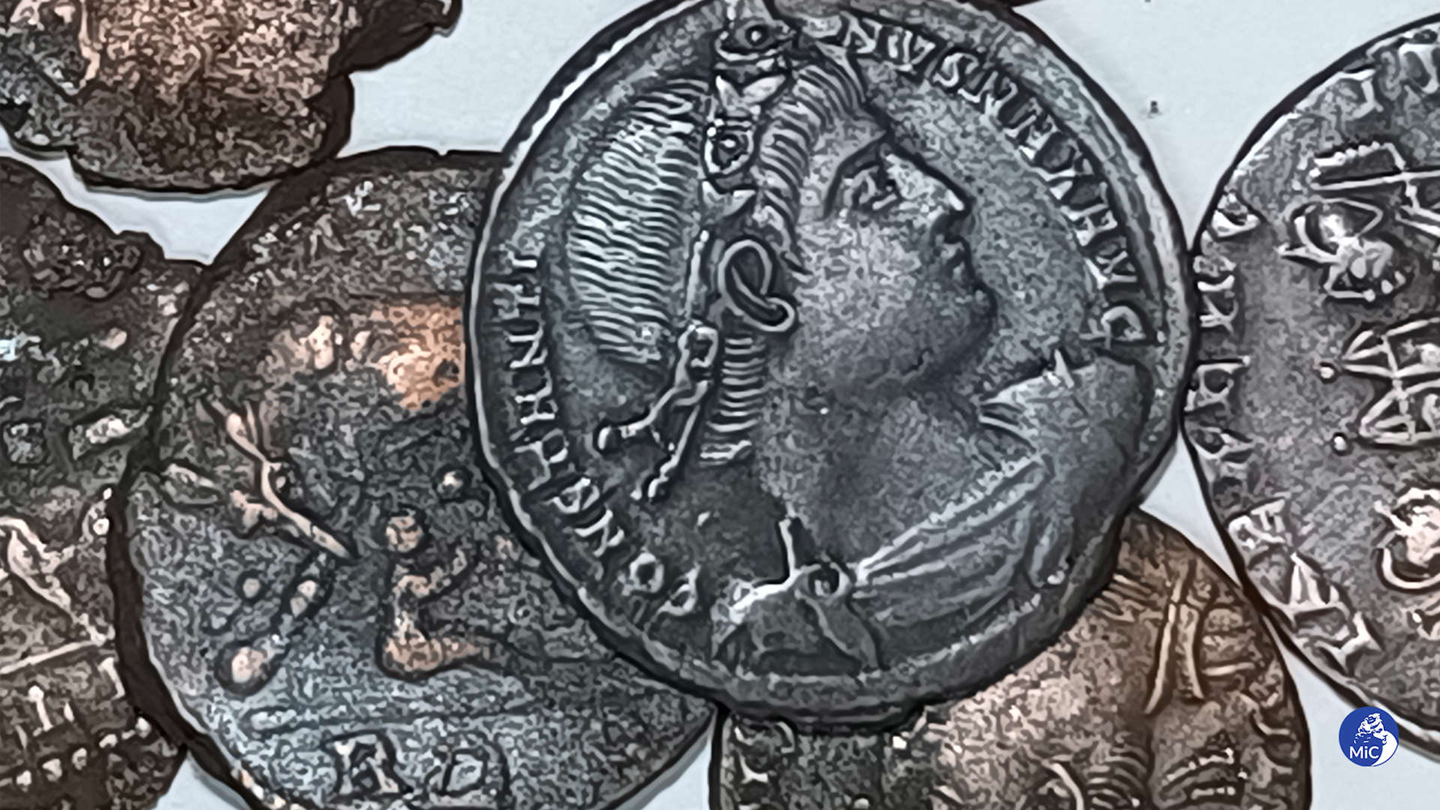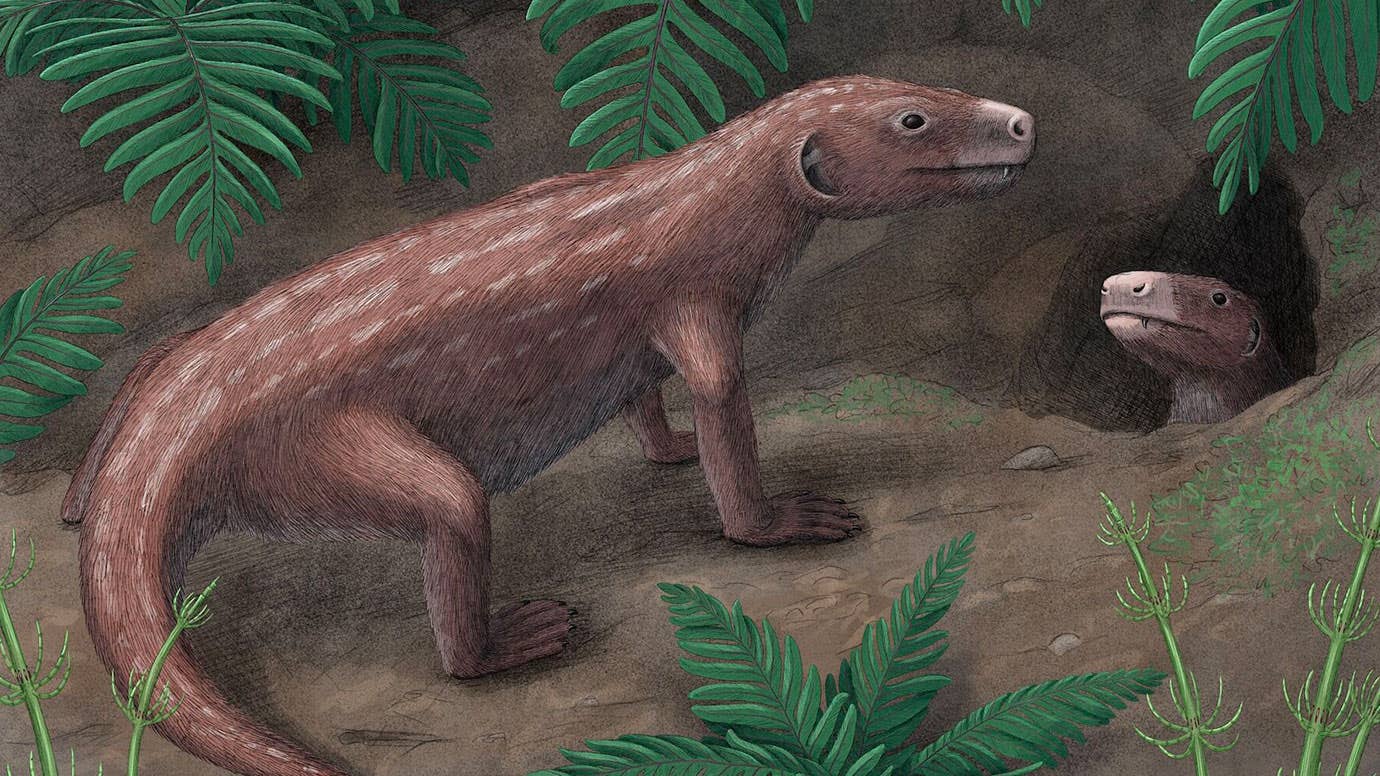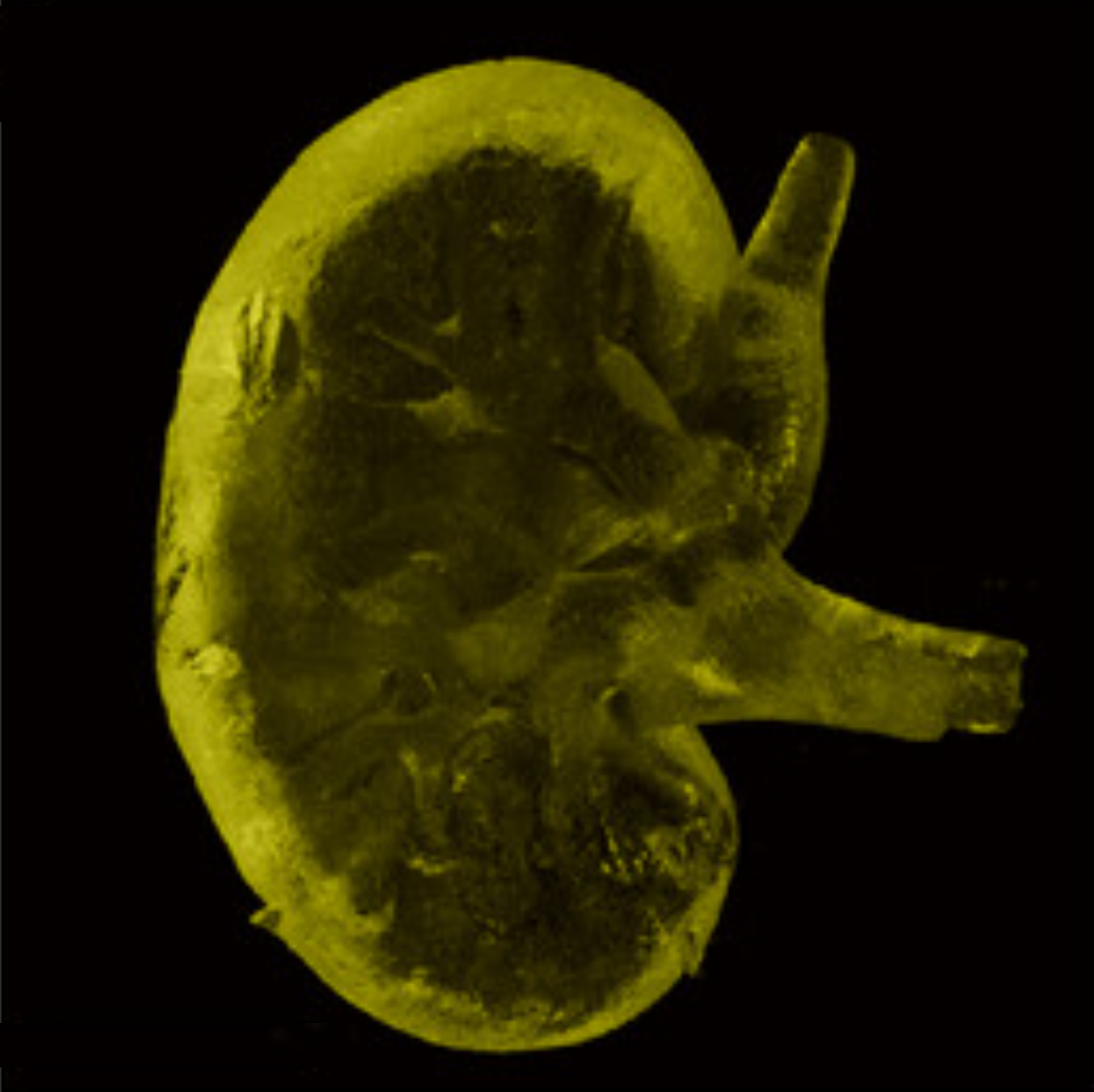30,000 ancient, bronze coins recovered off the Italian coast
According to Italy’s culture ministry, an archaeological recovery team has unearthed an astonishing cache of ancient Roman coins.

[Nov. 10, 2023: Staff Writer, The Brighter Side of News]
According to Italy's culture ministry, an archaeological recovery team has unearthed an astonishing cache of ancient Roman coins. (CREDIT: Italian Culture Ministry)
In a remarkable underwater find off the picturesque Italian coast, a diver's keen eye recently uncovered a hidden treasure trove that promises to rewrite history books.
According to Italy's culture ministry, an archaeological recovery team has unearthed an astonishing cache of ancient Roman coins, estimated to number between 30,000 and 50,000. These near-pristine relics, dating back to the fourth century CE, provide an unparalleled glimpse into the economic and historical landscape of the Roman Empire during the reign of Constantine the Great.
The remarkable discovery took place near the town of Arzachena, nestled in the crystal-clear waters of the Mediterranean Sea. These large, bronze coins, known as follis, were described by authorities as being in an "exceptional and rare state of conservation," with only four showing slight signs of damage.
These coins, which once exchanged hands across the vast Roman Empire, were minted between 324 and 340 CE, during the era of Constantine the Great. Notably, almost every active mint known from that time period is represented in this extraordinary collection, with the exceptions being Antioch, Alexandria, and Carthage.
Related Stories
The origins of Roman follis coinage trace back to the year 294 CE, when Emperor Diocletian implemented monetary reforms. While the final tally of coins retrieved from the Arzachena find is yet to be determined, it is already confirmed to surpass the last significant follis discovery, which occurred over a decade ago in the United Kingdom.
In 2013, a local metal detector enthusiast unearthed 22,888 follis near Seaton Down, just a short distance from the site of a Roman military fort and villa that dated back to the second and third centuries.
Luigi La Rocca, the regional director general of archaeology, fine arts, and landscape, emphasized the historical significance of this remarkable discovery, stating, "The treasure found in the waters of Arzachena represents one of the most important discoveries of numismatic finds in recent years and highlights once again the richness and importance of the archaeological heritage that the depths of our seas... still guards and conserves." La Rocca also underscored the fragility of such archaeological treasures, emphasizing their vulnerability to climate change and other ecological impacts caused by human activity.
However, the thousands of coins are not the only tantalizing clues discovered beneath the waves off the Sardinian coast. As divers carefully retrieved the ancient follis, they also stumbled upon fragments of tall, two-handled, narrow-necked jugs known as amphorae.
These amphorae fragments, combined with the dispersion of coins across "two macro-areas" within a large, sandy expanse between the beach and the seabed, have experts speculating about the possibility of an undiscovered shipwreck lurking in the vicinity. Conservationists are now gearing up for an extensive restoration effort to preserve and protect this invaluable historical treasure.
The discovery is the largest of such finds in over a decade. (CREDIT: Italian Culture Ministry)
The underwater archaeological expedition near Arzachena has cast a spotlight on the enduring allure of submerged treasures that continue to captivate both researchers and the public alike. As technology and expertise in underwater archaeology advance, it is becoming increasingly clear that the depths of our oceans hold countless untold stories from the past. The Arzachena discovery serves as a poignant reminder of the hidden historical riches that remain concealed beneath the waves.
The Arzachena discovery represents a significant milestone in the field of numismatics, shedding new light on the intricate web of economic exchange that underpinned the Roman Empire during the fourth century CE. These ancient coins, with their meticulous preservation, offer researchers a unique opportunity to delve into the economic and political intricacies of the time, providing valuable insights into the reign of Constantine the Great and the broader Roman society.
The majority of the coins were found in a sandy area between the underwater seagrass and the beach, suggesting they may be from shipwrecks. (CREDIT: Italian Ministry of Culture)
The sheer quantity of coins recovered from the seabed near Arzachena is a testament to the magnitude of the discovery. The wide distribution of mints represented in this trove suggests a well-organized and expansive Roman monetary system, even in the fourth century CE. The fact that only four coins show signs of wear and tear further underscores the remarkable state of preservation of this collection, making it an invaluable resource for scholars and historians.
The discovery of these ancient Roman coins also highlights the ongoing threat that climate change and human activities pose to underwater archaeological sites. As sea levels rise and weather patterns become more erratic, the delicate balance that has preserved these treasures for centuries is increasingly at risk. Luigi La Rocca's warning about the fragility of this underwater heritage serves as a poignant reminder that urgent conservation efforts are needed to safeguard these invaluable historical artifacts.
Divers from an art protection squad and the culture ministry’s undersea archaeology department retrieved the coins. (CREDIT: Italian Ministry of Culture)
The tantalizing possibility of an undiscovered shipwreck adds another layer of intrigue to the Arzachena discovery. The presence of amphorae fragments, combined with the dispersion of coins across different areas of the seabed, suggests the potential for a maritime archaeological site waiting to be uncovered. Such a discovery could provide valuable insights into ancient trade routes, seafaring technology, and the daily lives of those who lived and worked along the coast.
Conservationists are now mobilizing to ensure the preservation of this remarkable find. The painstaking process of restoring and conserving the ancient follis coins will require meticulous care and expertise. Each coin represents a unique piece of history, and efforts must be made to protect them for future generations.
A cache of ancient Roman coins dating to the 3rd Century CE found off the coast of the Italian island of Sardinia. (CREDIT: Italian Ministry of Culture)
The discovery of this vast trove of ancient Roman coins off the Italian coast is a momentous event in the world of archaeology and numismatics. It offers a window into the economic and political landscape of the Roman Empire during the fourth century CE, shedding light on the reign of Constantine the Great and the intricacies of the Roman monetary system.
Yet, it also serves as a stark reminder of the fragility of underwater archaeological sites and the urgent need for conservation efforts to protect these invaluable historical treasures. As researchers continue to explore the depths of our oceans, who knows what other hidden gems and untold stories await discovery beneath the waves.
For more science stories check out our New Discoveries section at The Brighter Side of News.
Note: Materials provided above by the The Brighter Side of News. Content may be edited for style and length.
Like these kind of feel good stories? Get the Brighter Side of News' newsletter.



